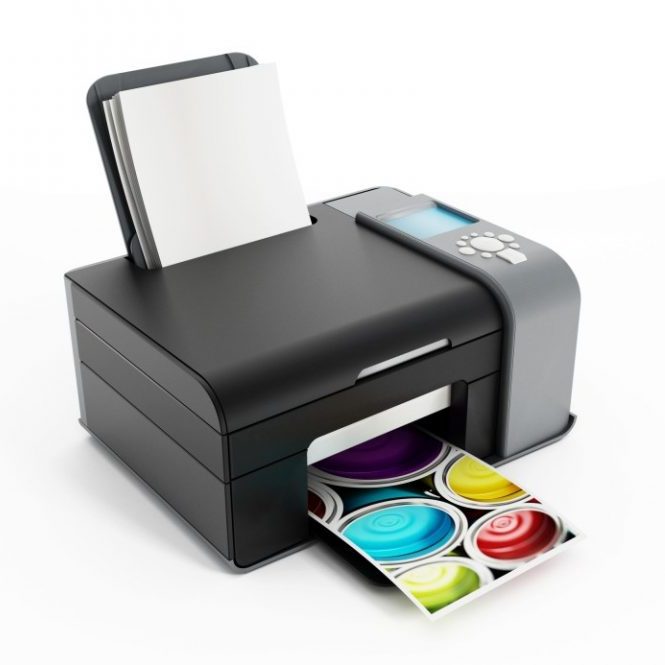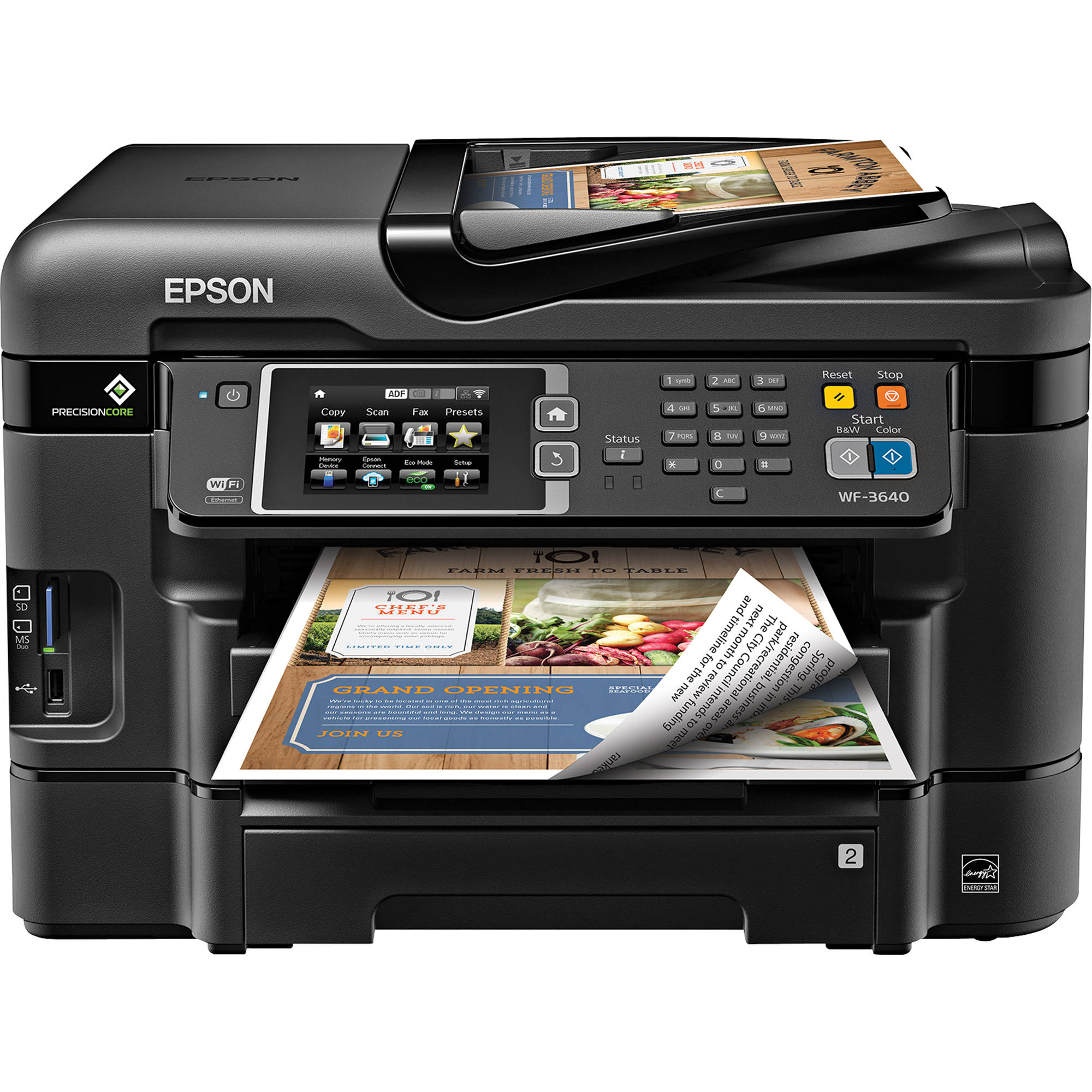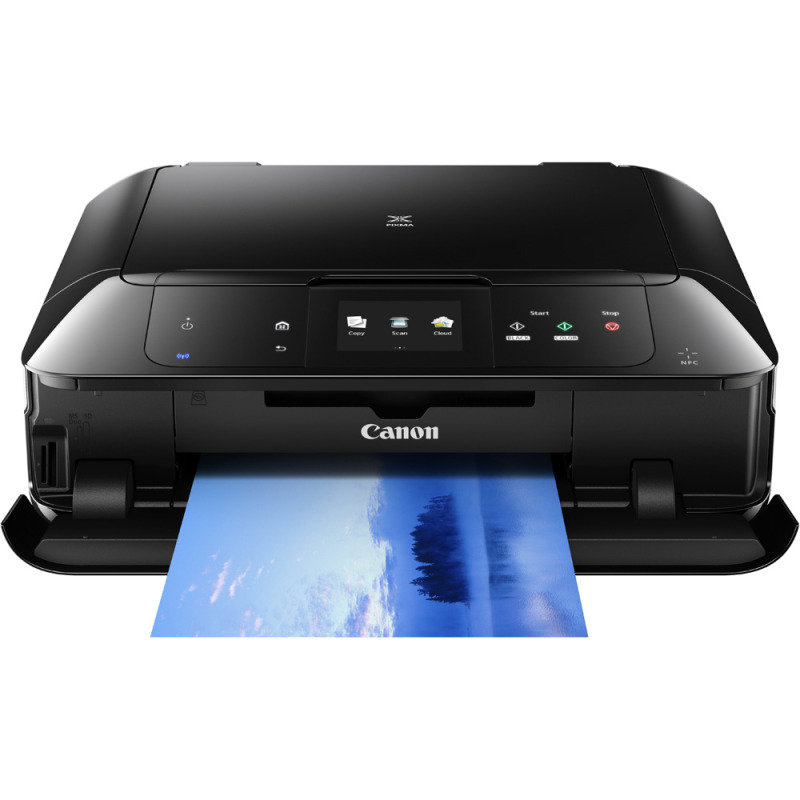The world of printing is saturated with various printer types, each designed to cater to specific needs, ranging from home use to professional businesses. As technology has evolved, so too have the capabilities and functionalities of printers. This article dives deep into the diverse types of printers available today, exploring their characteristics, advantages, and ideal use cases. By the end, readers will have a solid understanding of printer types and be better equipped to make an informed choice.
Inkjet Printers
Overview of Inkjet Technology
Inkjet printers are one of the most popular printer types for home and small office use. These printers work by spraying tiny droplets of liquid ink onto paper. The mechanism involves a series of nozzles, which create a fine mist of ink that forms the desired images and text.
Advantages of Inkjet Printers
- High-Quality Prints: Inkjet printers are capable of producing stunning, high-resolution images with bright colors and sharp details, making them ideal for photo printing.
- Cost-Effective: Initial costs for inkjet printers are generally lower than many other types, making them a great choice for budget-conscious consumers.
- Compact Design: Many inkjet models are compact and lightweight, making them suitable for home offices or smaller spaces.
Disadvantages of Inkjet Printers
- Ink Costs: While the printer itself may be inexpensive, the cost of ink cartridges can add up, particularly for users who print frequently.
- Speed: Inkjet printers can be slower than other types, especially when printing in high quality.
- Ink Smudging: The prints may take longer to dry, which can lead to smudging if not handled carefully.
Best Use Cases
Inkjet printers are perfect for small home offices, photographers, and anyone who needs high-quality color prints without heavy use. They are often the go-to choice for producing flyers, brochures, and detailed graphics.
Laser Printers
What is a Laser Printer?
Laser printers are another popular category of printer types, primarily known for their speed and efficiency. Instead of using liquid ink, laser printers utilize toner, which is a dry powder that fuses onto paper using heat.
Benefits of Laser Printers
- Speed: Laser printers can print pages much quicker than inkjet models, making them ideal for high-volume printing needs.
- Cost Efficiency: Although the initial investment might be higher, laser printers generally have a lower cost per page, particularly for black-and-white documents.
- Durability of Prints: Documents printed with lasers do not smudge or smear easily and are resistant to water and fading.
Drawbacks of Laser Printers
- Higher Initial Cost: The upfront cost of purchasing a laser printer can be significantly higher than that of an inkjet printer.
- Limited Color Quality: While color laser printers exist, they often do not match the quality of inkjet printers when reproducing photographs.
- Size: Laser printers are often bulkier than inkjet models, which may pose a challenge for smaller workspaces.
Ideal Applications
Laser printers are best suited for businesses or individuals who regularly print large volumes of documents, such as reports, memos, or documents that require durability and longevity but don’t require exquisite color accuracy.
All-in-One Printers
The Multifunctional Machine
All-in-one printers, also known as multifunction printers (MFPs), combine several functions into a single device. They typically incorporate printing, scanning, copying, and sometimes faxing capabilities.
Advantages of All-in-One Printers
- Versatility: Users can perform multiple tasks without needing multiple devices, which saves space and money.
- Ease of Use: Convenience is key; with an all-in-one printer, switching between functions is typically user-friendly.
- Cost-Effective for Small Businesses: For businesses that require a range of functions (printing, scanning, copying), these devices can be a more economical solution than buying separate machines.
Disadvantages of All-in-One Printers
- Maintenance: If one function breaks, it may affect the functionality of the entire unit.
- Quality Trade-Off: In some cases, the performance of any single function may not match that of dedicated machines.
- Higher Energy Consumption: These multifunction devices may use more energy compared to their single-function counterparts.
Best Uses for All-in-One Printers
All-in-one printers are particularly beneficial for small offices and home users who need a cost-effective, space-saving solution without compromising on functionality. They are suitable for users who frequently print, copy, and scan documents.
Thermal Printers
Understanding Thermal Printing Technology
Thermal printers utilize heat to print designs directly onto the paper, making them distinct from conventional printing methods. There are two main types: direct thermal and thermal transfer printers.
Benefits of Thermal Printers
- Speed: Thermal printers are extremely fast, producing prints almost instantly, making them ideal for high-demand environments such as retail.
- Low Maintenance: With fewer moving parts than traditional printers, thermal printers generally require less maintenance.
- Compact Size: Many thermal printers are small and lightweight, making them easy to integrate into various environments.
Drawbacks of Thermal Printers
- Limited Color: Thermal printers generally offer lower color options compared to inkjet or laser printers, which may be a drawback for users needing vibrant graphics.
- Paper Compatibility: They typically work best with specific types of thermal paper, which can limit choices and availability.
- Fading Concerns: Prints can fade or become illegible over time, especially if exposed to heat or sunlight.
Typical Applications
Thermal printers are widely used in retail settings for receipt printing and in warehouses for labeling applications. They are also commonly found in shipping and logistics for printing barcode labels.
Dot Matrix Printers
A Legacy Technology
Dot matrix printers are one of the oldest types of printing technology, known for their impact printing mechanism. Unlike other printers that inkprint directly onto the paper, dot matrix printers use a set of pins to strike an inked ribbon against the paper.
Advantages of Dot Matrix Printers
- Durability: Dot matrix printers can handle multi-part forms, making them ideal for invoices or shipping documents.
- Low Operating Costs: They have a low cost per page and the ribbons used are more cost-effective than ink or toner.
- Ability to Print on Multiple Copies: They are perfect for printing on carbon copies or invoices that require several duplicates.
Disadvantages of Dot Matrix Printers
- Low Print Quality: The print quality is inferior to modern inkjet and laser technologies, which can be a limitation for users needing high-quality graphics.
- Noise: Dot matrix printers are relatively loud, which can be distracting in quiet office environments.
- Speed: They are generally slower than both inkjet and laser printers, making them less suitable for high-volume needs.
Common Use Cases
Dot matrix printers find their niche in specific industries that require durability and multi-part forms, such as logistics and transportation.
 3D Printers
3D Printers
Revolutionizing Production
3D printers represent a groundbreaking development in the realm of printer types, allowing for the creation of three-dimensional objects from digital models. They use materials such as plastic, metal, or resin to build up layers to form intricate designs.
Benefits of 3D Printers
- Customization: 3D printing enables the creation of bespoke solutions tailored to specific needs or projects.
- Rapid Prototyping: Designers can quickly create prototypes for products or parts, significantly speeding up development cycles.
- Minimal Waste: The additive nature of 3D printing minimizes material waste compared to traditional manufacturing processes.
Drawbacks of 3D Printers
- High Initial Cost: 3D printers can be expensive purchases, especially for high-quality models.
- Learning Curve: Operating a 3D printer may require specialized knowledge or experience with design software, which can be a barrier for some users.
- Limited Material Choices: While options are expanding, 3D printing materials are not as versatile as what traditional manufacturing can offer.
Ideal Applications
3D printers are mostly utilized in industries like engineering, architecture, and healthcare for prototyping purposes, custom mechanical parts, and even medical implants.
Choosing the Right Printer for You
Consider Your Needs
When confronted with various printer types, it’s essential to consider what you need most from a printing device. Whether it’s speed, color quality, multifunctionality, or the type of materials you intend to use, understanding your requirements will go a long way in selecting the right printer.
Budget Considerations
Evaluate your budget not just for the initial purchase, but also for ongoing costs such as ink, toner, paper, or maintenance. Some printers have low upfront costs but can become expensive over time due to high ink costs.
Space and Portability
Consider where you will set up the printer and whether you will need a portable option. For home offices, compact models may be preferable, while larger businesses may have space for heavier, multifunction printers.
Final Thoughts on Printer Types
In the expansive world of printing technology, understanding printer types is crucial for making informed purchasing decisions. With options like inkjet, laser, all-in-one, thermal, dot matrix, and 3D printers, knowing the strengths and weaknesses of each type can help you identify the best fit for your needs, whether for personal use or business applications. By carefully considering factors like print quality, speed, volume, and additional functionalities, you can select a printer that will serve you well for years to come. Ultimately, investing time in understanding the various printer types available will ensure that you acquire a device that meets your specific printing needs effectively and efficiently.


